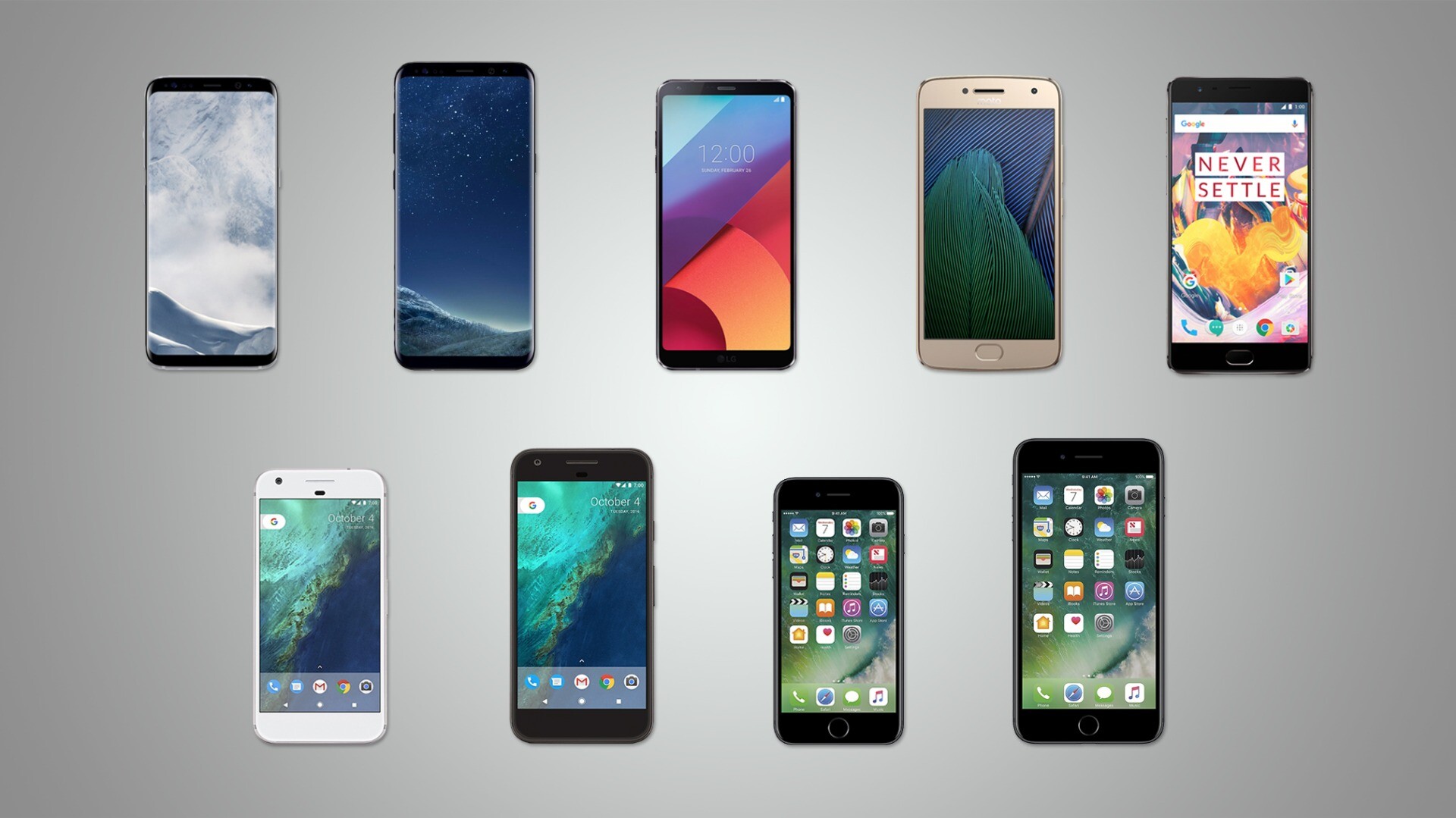
Early Adopters and Why Smartphones Spread Fast
When smartphones first came out, they were expensive and had limited features. Innovators—people who love new technology—were the first to try them. Early adopters, like business professionals and tech-savvy users, saw their potential and started using them too. As smartphones got better and cheaper, more people joined in. The early majority followed because smartphones made life easier with internet access, apps, and communication tools.
Businesses and social media also played a big role in spreading smartphones. Once people saw their friends, family, and coworkers using them, they felt pressured to get one too.
Late Adopters and Non-Adopters
Some people waited longer to get smartphones. The late majority joined in only after prices dropped and smartphones became essential for work and daily life. Laggards, on the other hand, were either unsure about smartphones, didn’t think they needed one, or preferred using older technology. Some avoided smartphones because of cost, age, or personal beliefs.
Downsides of Smartphones
While smartphones are useful, they also have drawbacks. Many worry about privacy, addiction, and how too much screen time affects mental health. Social media, which is a big part of smartphone culture, can spread misinformation and cause stress. That’s why some people choose to stay off platforms like Facebook, Twitter, and Instagram.
Is It Worth It?
For those who don’t use smartphones or social media, there are both pros and cons. They might miss out on fast communication, networking, and entertainment, but they also avoid distractions and privacy risks. Everyone has to decide for themselves whether the benefits outweigh the downsides.
New technology always comes with trade-offs. The smartphone is a great example of how innovations spread and how people decide whether or not to adopt them. Some jump in early, while others take their time or stay out completely. In the end, it’s all about what works best for each person.


No comments:
Post a Comment